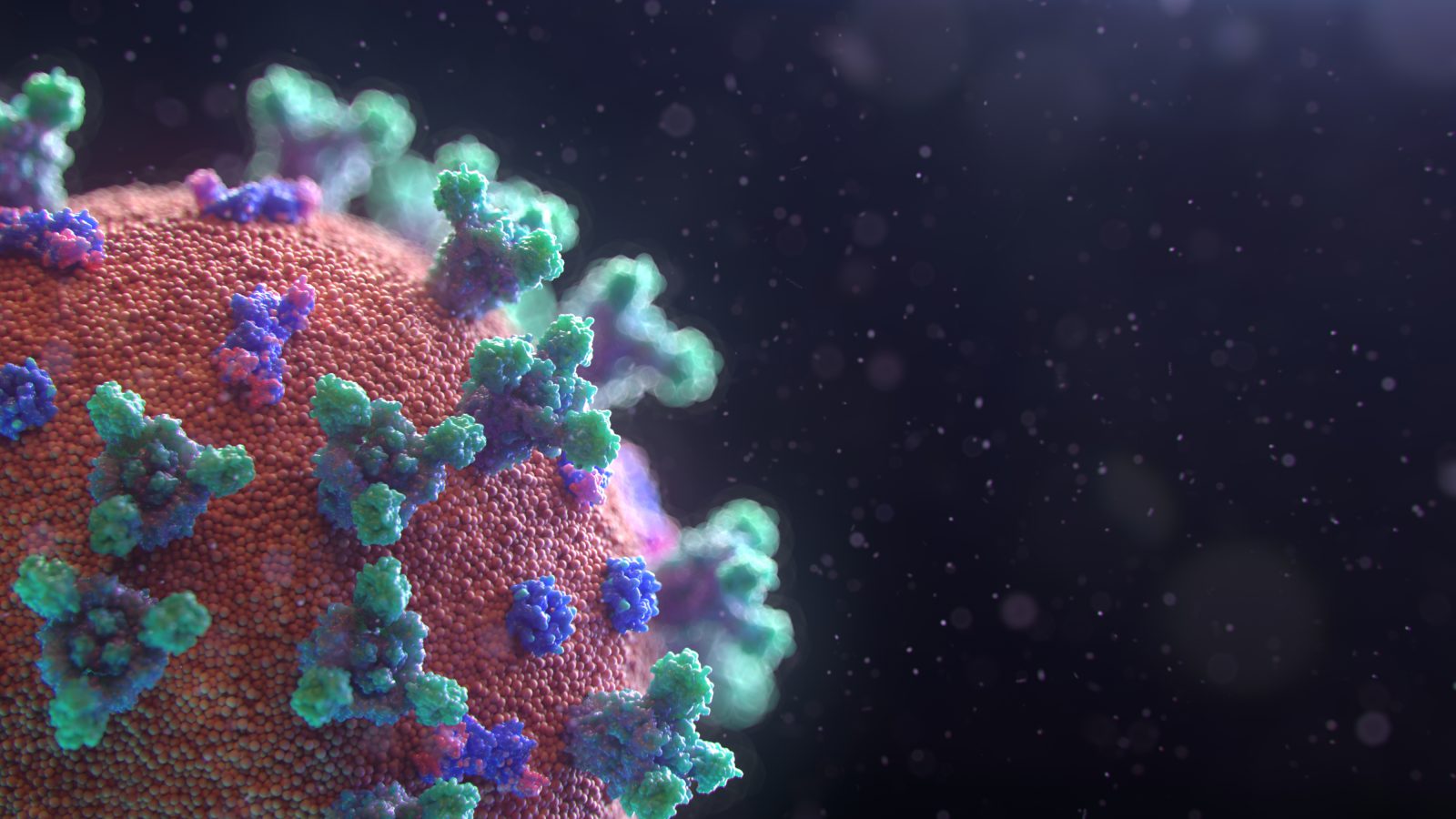As the novel coronavirus (SARS-CoV-2) continues to wreak havoc across the globe, scientists are scrambling to gain a deeper understanding of the virus, which led them to discover that it mutated to eight strains circulating around the globe. But the good news is that according to infectious disease physician and clinical microbiologist Charles Chiu, the virus mutates so slowly that strains become similar in structure.
The researchers made use of advanced technology to sequence the virus quickly from test samples. According to the results, the difference between the discovered strains are very minimal, and none of them enhances the virulence of the disease. Additionally, the scientists pointed out that no strains are becoming more dangerous even if the virus continues with the mutational change.
The scientists who made the discovery made the genetic sequence map available on NextStrain.org, an open-access website that reveals how the various strains manage to travel to multiple territories and countries. The findings on the site based on over 2,000 sequences of the viral genome. The samples came from all continents across the world, with the exception of Antarctica.
As per Chiu, the reason why the transmission of the virus has been trackable so far is that there is technology available to perform genomic sequencing almost in real-time, resulting in the discovery of strains or lineages that are circulating.
Referring to the transmission of the virus as trackable, Chiu also says, “We have the ability to do genomic sequencing almost in real-time to see what strains or lineages are circulating.”
The importance of genetic tracking
As we now know, COVID-19 is asymptomatic or mild in up to 80% of people who have contracted it, but it’s also capable of causing pneumonia, respiratory failure, and death in up to 5 to 6% of cases overall if left untreated. If the virus mutates and becomes more lethal, it would make it more challenging for researchers to develop a vaccine based on the viral antigens.
Take the seasonal flue, for example. While it has a vaccine, it has to be updated annually because of the many and rapid mutations that have led to the emergence of various strains of the influenza virus. Each year, scientists must figure out which of the strains that are commonly making rounds are and ensure that there are vaccines that contain those particular strains.
By comparison, viruses like varicella and measles mutate slowly, hence immunizing shots against them offer immunity for a longer period of time—perhaps even for a lifetime. In this respect, the SARS-CoV-2 appears to be more similar to them the flu virus. Although studies show that the virus is mutating every 15 days or so, the mutations are, according to NextStrain founder Trevor Bedford, “completely benign and useful as a puzzle piece to uncover how the virus is spreading.”
In contrast, viruses such as varicella and measles viruses mutate slowly, and hence immunizing shots against them offer immunity for many years, perhaps lifelong. In this single respect, the SARS-CoV-2 appears to be more like them than like the flu virus. Even though the study shows that the virus is mutating only once every 15 days or so, the mutations are “completely benign and useful as a puzzle piece to uncover how the virus is spreading,” according to NextStrain founder Trevor Bedford.
Key findings
According to the research, the virus first reached the UK from Wuhan, China, and traveled to Singapore and South Korea. It then spread to flight passengers to London, and from there, the large city airport was the main hub from where the virus spread to the rest of Europe and the USA.
The scientists posit that there is still a “strong mixing of samples across Europe.” This suggests that the virus managed to move across borders in the last 3 to 5 weeks. Once the lockdown measures begin to show more effect, the investigators believe that the outcome will be clusters of transmission of each type or strain of the virus in various countries.
However, the US, the viral samples from opposite sides of the country are almost identical. In Washington, the virus has been introduced two times, maybe even more. The origin is believed to either be China or Europe, and the effect is visible as two separate chains of the virus spread. In California and other states, the virus is spreading within the community rather than outside. This is because the cases are akin to the Washington strain, which is only three mutations away from the first strain of the virus.
In central and South America, the pattern is not as clear as other territories as only a few samples have been collected. In Asia, the researchers insist that the situation is similar to that of Iran’s. Meanwhile, in Africa, the genetic tracking suggests that the virus is being transmitted locally within Kinsaha, a city in the Democratic Republic of the Congo. As for Oceania, the virus is spreading across New South Wales and Australia.
Based on these results, the researchers conclude that there would most likely be a single vaccine rather than one that needs to be updated every year, like the flu shot. It is also believed that the first vaccine will be available across the world in a year or 18 months.
If you want to stay up to date with the latest news from the healthcare industry, subscribe to Dose of Healthcare today!


















